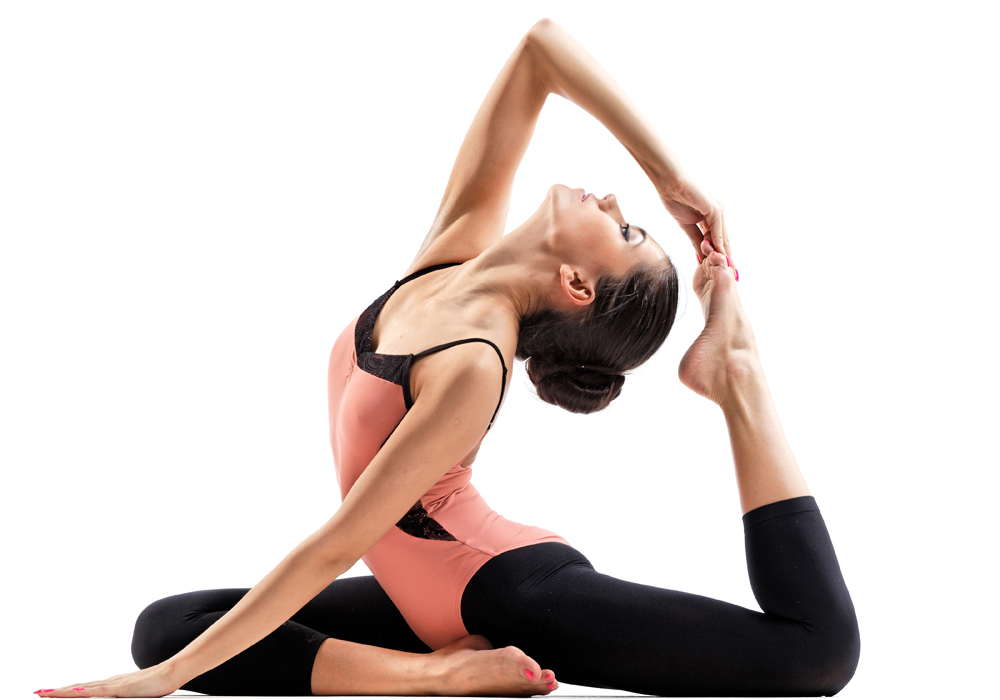
Asanas have been evolved over the centuries so as to exercise every muscle, nerve and gland in the body. They secure a fine physique which is strong and elastic without being muscle-bound and they keep the body free from diseases. They reduce fatigue and soothe the nerves, but their real importance lies in the way they train and discipline the mind.
By performing asanas, the sadaka first gains health, which is not mere existence. Health is not a commodity which can be purchased with money. It is an asset to be gained by regular practice of asanas. It is a state of complete equilibrium of body, mind and spirit. Forgetfulness of physical and mental consciousness is health. The yogi first frees himself from physical disabilities and mental distractions by practicing asanas.
- The practitioner should do yoga on an empty stomach. People having diabetes should not practice on empty stomach. They can take a light snack.
- Bladder and bowels should be empty.
- Taking a bath before and after practicing asanas refresh the body and mind.
- Asanas should be done preferably on an empty stomach. Food may be taken half an hour after completing the asanas.
- The best time to practice is either in the morning or late in the evening. Morning practice keeps you active through the day. Evening practice helps in removing fatigue of the day’s strain and makes one fresh and calm.
- Do not practice asanas after being out in the hot sun for several hours.
- Asanas should be done in a clear airy space, free from insects and noise. Do not do asanas on an uneven place.
- No undue strain should be felt either in the facial muscles or in breathing during practice.
- During the practice of asanas, only the body should be active. The brain should be passive. That does not mean that the brain should be in rest. It should be watchful and alert.
- In all the asanas the breathing should be done through the nostrils and not through the mouth. Do not restrain. Regarding breathing, follow the instructions given by the guru.
- After completing the practice of asanas, always lie down in shavasana for at least 10 to 15 minutes.
- Asanas should be practiced on the floor spreading a carpet / mat.
